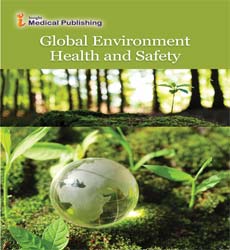Climate change vulnerability projection in Georgia
Abstract
This study captures climatological, social, and geographic vulnerability at the county level, for the state of Georgia in the 2030s (2025-2034). Climate change vulnerability is measured in terms of exposure, and sensitivity. Future exposure is measured as anomalies in projected mean temperature and precipitation compared to the historic baseline (1971-2000) temperature as well as frequency of heat waves and extreme precipitation days using CMIP5 projections. Future sensitivity is measured as social vulnerability, which is derived through cohort component projection, and geographic vulnerability is measured as potential inundation due to future sea level rise. Warmer and dryer conditions, indicated by greater anomalies in mean temperature and precipitation compared to the historical baseline climate, are projected in the metro Atlanta counties as well as in the western part of the state. Extreme precipitation events are expected to occur in the northern counties whereas most heat wave events are projected in the metro Atlanta counties especially under the RCP 8.5 scenario. Counties in southwest Georgia, known as Black Belt counties, and the metro Atlanta counties will emerge as socially and climatologically vulnerable in 2030s. Coastal counties specially, Chatham County, emerged as the most vulnerable after considering the geographic vulnerability.
Open Access Journals
- Aquaculture & Veterinary Science
- Chemistry & Chemical Sciences
- Clinical Sciences
- Engineering
- General Science
- Genetics & Molecular Biology
- Health Care & Nursing
- Immunology & Microbiology
- Materials Science
- Mathematics & Physics
- Medical Sciences
- Neurology & Psychiatry
- Oncology & Cancer Science
- Pharmaceutical Sciences
